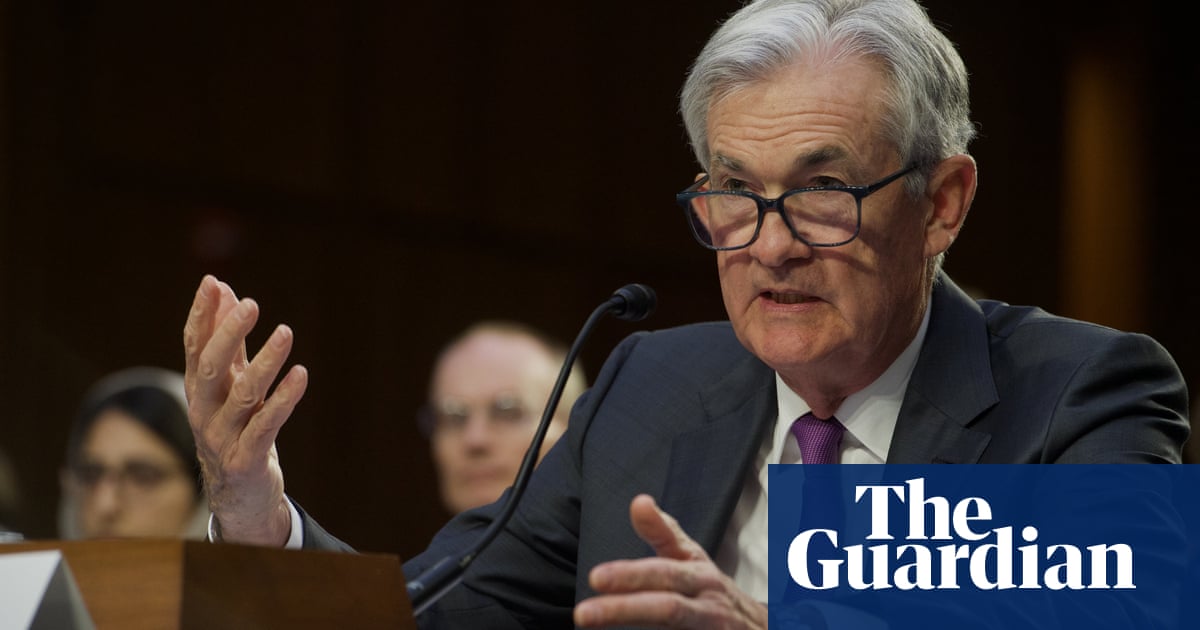
Pandemic leads to monetary policy overhaul as traditional central bank strategies fail to deliver
JACKSON HOLE: After a nearly two-year review, US Federal Reserve officials feel they have hit on a better way to meet their key goals of steady inflation and maximum employment.
On Thursday, Fed Chair Jerome Powell begins what may be the tougher task: Convincing the public that the central bank can and will deliver in the wake of a pandemic that has arguably eroded trust in US institutions and put a huge chunk of the labor force on the unemployment rolls.
It is a hard sell on a confusing topic — the thrust involves telling Americans that higher inflation will be good for them in the long run — and analysts have already begun second-guessing whether a new Fed “framework” will fare any better than the current one in an environment where monetary policy may be nearing the limit of what it can do to help the economy.
“The situation is really perilous right now and there is little that monetary policymakers at this point have left in their arsenal,” said David Wilcox, former head of the Fed’s research division and now a senior fellow at the Washington-based Peterson Institute for International Economics.
Wilcox said he feared the Fed’s new framework, expected to be unveiled soon, will seem abstract unless it is coupled with new steps to enforce it, such as massive new bond-buying or the setting of explicit unemployment goals.
The minutes from the Fed’s last policy meeting indicated those steps may be coming further down the road, giving the central bank time to see how the economy behaves at this stage of the coronavirus pandemic. It has already chopped interest rates to zero, started some bond-buying, and approved massive lending programs.
Powell, in online remarks on Thursday to the Kansas City Fed’s annual economic symposium, will speak about the central bank’s framework review, an initiative that included public hearings and research to explore how monetary policy should adapt to changes in the economy.
The symposium has been used in the past by Fed chiefs to signal policy shifts, and that will be the expectation when Powell begins speaking on Thursday morning.
Fed Vice Chair Richard Clarida and Fed Governor Lael Brainard also are scheduled to speak next week in events sponsored by think tanks in Washington.
The topic may seem deep in the weeds of monetary policy, centered on convictions that weak inflation and low rates of unemployment cannot coexist because wages and prices spiral if too many people are working.
Until the pandemic, however, they had. Unemployment crept to historically low levels without inflation even hitting the Fed’s 2 percent target. Expectations about inflation, considered key to the future pace of price hikes, also lagged.
That has become a chronic problem not only for the Fed but for central bankers around the world. Without some inflation, interest rates remain lower than normal, and that affords little room to help the economy by reducing them when recessions hit, as happened this year. Central banks are then faced with cutting rates to zero and using politically more difficult tools like bond-buying or credit programs to support businesses and families.
“There is a growing realization that a 2 percent inflation target as originally put in place in the US and around the world is not quite enough,” St. Louis Fed President James Bullard said in a recent interview. Changing the framework could help “shore up the target and get expectations to stay at 2 percent,” he said.
The Fed first put the inflation target in place in 2012, and has missed it most of the time since. Financial markets indicate the expected US inflation rate 10years out is just 1.75 percent, a level reflecting little worry about the risk of a jump in inflation and little faith in the Fed’s sway over the one economic variable a central bank is thought to control.
At its policy meeting next month, the Fed is expected to change how it characterizes its inflation goal. Instead of looking to achieve 2 percent inflation on an annual basis, it is expected to aim to achieve that level as an average over a longer time, and explicitly allow perhaps years of faster price increases to make up for years when prices rose too slowly.











